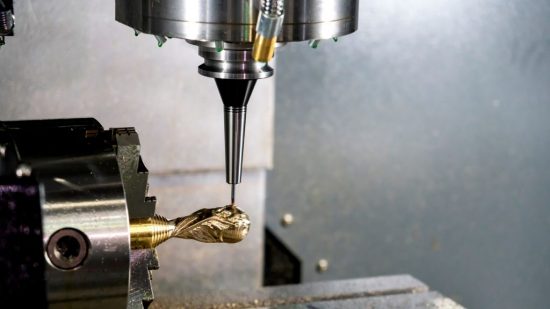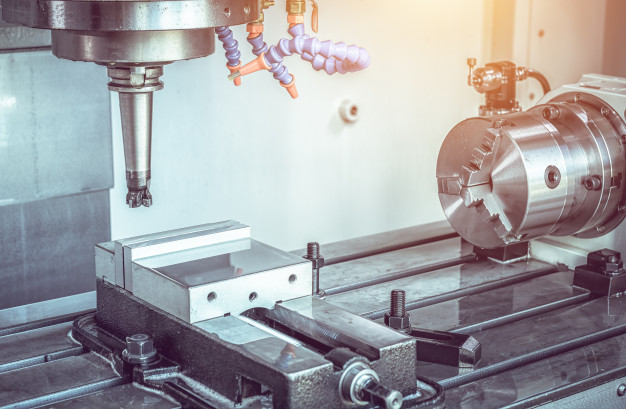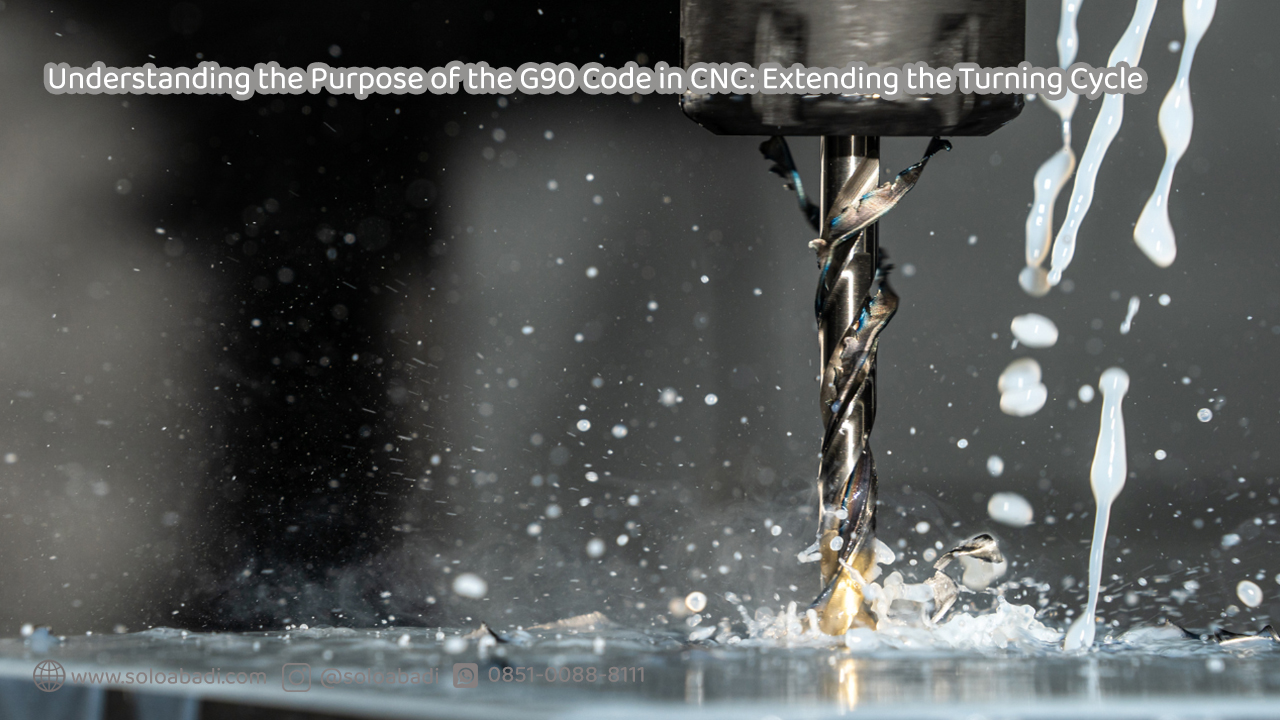In today’s advanced manufacturing industry, CNC (Computer Numerical Control) machines are among the most crucial technologies for producing components with extremely high precision. One of the fundamental operations in CNC machining is longitudinal turning. In this discussion, we will explore the role of the G90 code in CNC machines during the longitudinal turning proces

Read More: Getting to Know the Types of Chisels Used in Lathes Machine
What is Code G90?
The G90 code is used in programming for turning operations in the longitudinal direction, including both straight and taper turning. This command also sets the CNC machine to absolute coordinate mode, where all cutting tool movements are calculated from a fixed reference point, typically the machine’s zero point or the zero point on the workpiece.
The Use of G90 Code in Longitudinal Turning
Longitudinal turning is a process where the cutting tool moves linearly along the axis to cut the material and shape the desired diameter. In this process, the G90 code ensures the final position of the cutting tool, such as the starting and ending points of the cutting process. Therefore, the G90 code is highly useful in longitudinal turning cycles, especially when precision and consistency are crucial in mass production of components

The Function of Using the G90 Code in CNC Machining
The use of the G90 code in CNC offers various functions for controlling the movement of the machine’s axes. G90 is a command in G-code that sets axis movements in absolute mode. Below are the functions of using the G90 code in the CNC machining process.
1. High Accuracy
One of the benefits of using the G90 code is absolute positioning, where all tool positions are calculated from a fixed reference point. This allows for highly precise control over the cutting tool’s position, ensuring that every tool movement aligns with the desired design.
2. Ease of Programming
By using absolute mode, programmers only need to specify the final target point for each tool movement. This makes the programming process more efficient and easier to manage.
3. Reduction of Operational Errors
Because the G90 code operates based on absolute coordinates, the risk of errors due to relative position calculations is reduced. This minimizes the likelihood of mistakes that could cause defects in the workpiece or damage to the tool.
4. Consistency
In mass production, consistency is crucial to ensure that each component produced has the same shape and quality as the original design. The use of G90 helps operators achieve this consistency in mass production.
Read More: Getting to Know the Codes in CNC Machine Programming Languages
Written by: Pradhita Novwantama S. (Manufacturing Design– Politeknik ATMI Surakarta)


